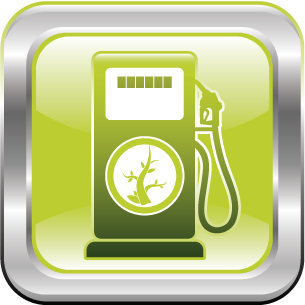Module 2
1. Module 2
Module 2—Talking Energy
Introduction

© designalldone/shutterstock
In Module 2 you will keep investigating energy changes in chemical reactions by focusing on changes that occur at the molecular level.
You will continue the ecotour planning you began in Module 1 by considering using biodiesel in vehicles required by your ecotour. Biodiesel is an alternative fuel that can be produced from waste cooking or other oils. You will consider the production and use of biodiesel from a variety of perspectives.
In Module 2 you will investigate the following question:
- What energy changes must be considered when designing chemical systems?
You will also continue to address the Module 1 questions:
- Should energy be given a higher priority when making decisions about society’s future?
- How does society use the energy of chemical changes?
- What are the impacts of energy use on the environment?
- How does society use knowledge of the energy associated with chemical processes to promote sustainability?
- In what ways have issues of energy use affected the development of past and present societies?
Remember that each lesson will also be organized around questions intended to guide your study. As you proceed through Module 2, you may record answers to these questions and any interrelationships that exist between them in a concept map or graphic organizer. More information is available in the Unit A Concept Organizer. In the Module 1 Summary you will receive further information on how you can use your concept map or graphic organizer to review the concepts you studied in this module.